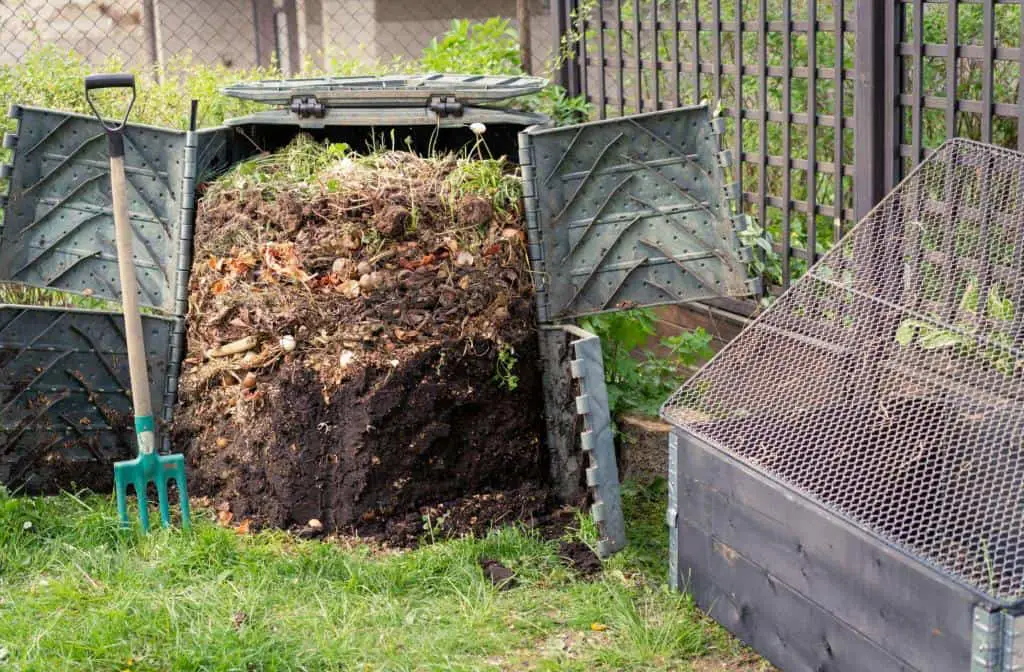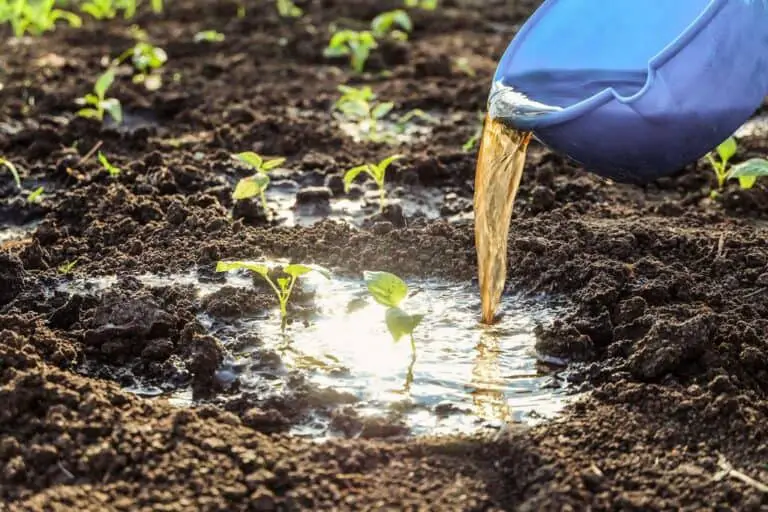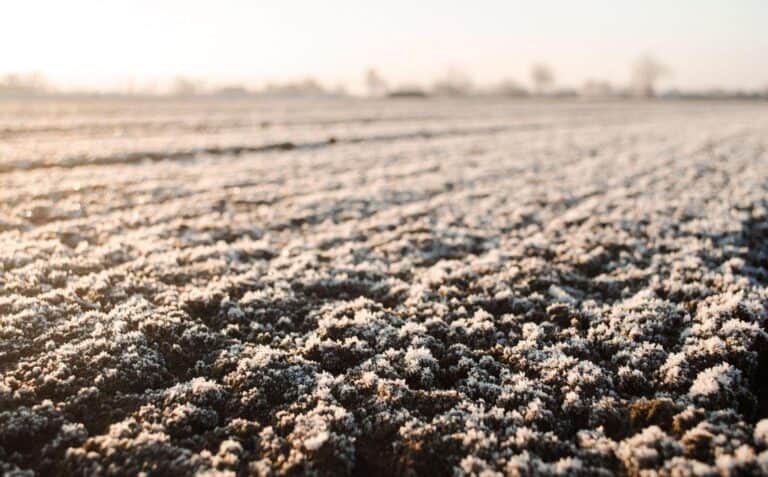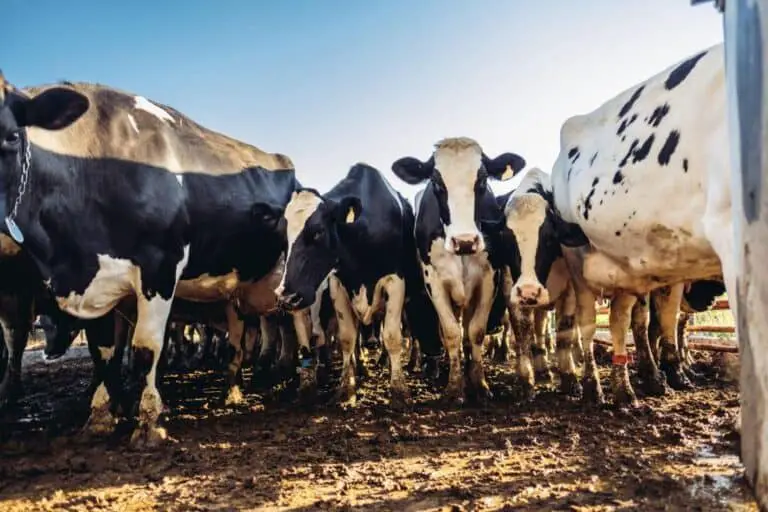What Are the Negative Effects of Organic Matter in Soil for Agriculture?

When we think about agriculture, the first thing that comes to mind is often rich, fertile soil. Soil organic matter, composed of decomposed plant and animal materials, plays a pivotal role in soil health and productivity. It’s like the lifeblood of agriculture, supplying nutrients, improving soil structure, and enhancing water retention. However, as with many things in life, balance is key. While soil organic matter is essential, an excess of it can also have negative consequences for agriculture.
In this article, we’ll delve into the negative effects of excessive soil organic matter in agriculture, exploring how it can impact crop growth, soil structure, and nutrient availability. Understanding these drawbacks is crucial for farmers and agronomists as they strive to optimize their farming practices.
Introduction to Soil Organic Matter
Soil organic matter refers to the organic materials in soil derived from the decomposition of plant and animal residues. It includes everything from fallen leaves and crop residues to the remains of tiny microorganisms. It forms the foundation of fertile soil, playing a pivotal role in maintaining soil structure, moisture retention, and nutrient availability.
Before we dive into the potential drawbacks, it’s essential to acknowledge the myriad benefits Soil Organic Matter brings to agriculture. Here’s a quick nod to the bright side:
- Enhanced soil structure, reducing erosion and compaction.
- Improved water-holding capacity, promoting drought resistance.
- Increased nutrient retention and availability, aiding plant growth.
- Carbon sequestration, mitigating climate change effects.
Now that we’ve tipped our hats to the positives, let’s explore the composition and types of Soil Organic Matter.
Composition and Types of Soil Organic Matter
Soil Organic Matteris a complex blend of organic materials, each with its own unique role to play. These components include:
- Plant Residues: Leaves, stems, roots, and other plant parts that decompose over time.
- Humus: A stable, dark, and spongy material formed from the breakdown of organic matter.
- Microorganisms: Bacteria, fungi, and other tiny life forms that contribute to Soil Organic Matter.
- Animal Residues: The remains of animals and insects that enrich the soil.
Different soils contain varying types and amounts of Soil Organic Matter. For instance, forest soils may have a higher proportion of decaying leaves and woody material, while agricultural soils often feature a blend of crop residues and humus. Understanding these variations is key to comprehending the potential negative effects of Soil Organic Matter.
The Negative Effects of Soil Organic Matter (Excess)

Before we jump into the downsides, let’s briefly touch on the benefits of soil organic matter. It acts as a sponge, holding moisture and preventing erosion. It’s a reservoir of nutrients that plants need to grow, and it improves soil structure, making it easier for plant roots to penetrate. All of these attributes contribute to healthier crops and higher yields.
However, when soil organic matter levels exceed a certain threshold, problems can arise. Here are some of the negative effects:
1. Nutrient Imbalance
Excessive soil organic matter can create nutrient imbalances in the soil. While organic matter is a source of nutrients, it doesn’t provide them in the right proportions for all crops. For instance, it can be high in phosphorus but low in nitrogen. This imbalance can lead to nutrient deficiencies or toxicities in plants, hindering their growth.
2. Reduced Water Infiltration
While soil organic matter is known for its water-holding capacity, too much of it can actually reduce water infiltration. When soils become overly rich in organic matter, they can become compacted and less permeable to water. This can result in waterlogged conditions, which are detrimental to most crops as they need oxygen for healthy root development.
3. Slower Soil Warming
Excess organic matter can also slow down soil warming in the spring. Dark organic materials absorb more sunlight and heat up more slowly than lighter soils. This delayed warming can delay planting and germination, potentially reducing the growing season and overall crop yield.
4. Increased Disease Risk
Organic matter can serve as a hiding place for pests and pathogens. When it accumulates on the soil surface or in crop residues, it creates a cozy environment for harmful organisms. This can increase the risk of diseases and pests affecting your crops.
5. pH Swings
Soil pH is crucial for plant nutrient availability. Excessive organic matter can lead to pH fluctuations, making it difficult to maintain the ideal pH for your crops. This can further exacerbate nutrient uptake problems.
Soil Organic Matter: Measurement and Test
To understand whether your soil has too much organic matter, you can conduct a soil test. This will provide you with valuable information about your soil’s composition and nutrient levels. Soil tests typically include a measurement of organic matter content, expressed as a percentage of the soil’s weight.
Here’s a rough guideline to interpret the results:
- Low Organic Matter (1-2%): Soil may lack essential nutrients and struggle with water retention.
- Optimal Organic Matter (3-5%): Soil is likely to support healthy crop growth and water management.
- High Organic Matter (6%+): Soil may experience some of the negative effects mentioned earlier.
Managing Excess Soil Organic Matter
If your soil tests indicate high organic matter content and you’re experiencing some of the negative effects, don’t worry—there are strategies to manage it:
1. Crop Rotation:
Rotate your crops regularly to break pest and disease cycles and reduce the buildup of organic matter from crop residues.
2. Tillage:
Incorporate organic matter into the soil through tillage practices. This can help reduce the concentration of organic matter at the surface and promote better soil mixing.
3. Cover Cropping:
Plant cover crops like legumes that can help break down excess organic matter while adding nitrogen to the soil.
4. Composting:
Compost excess organic matter from crop residues and other sources to create a balanced organic amendment for your soil.
5. Adjust pH:
If pH swings are a concern, consider using lime or sulfur to stabilize the pH level in your soil.
Conclusion
Soil organic matter is undoubtedly a vital component of healthy soil and successful agriculture. However, like any good thing, too much of it can have detrimental effects. Nutrient imbalances, reduced water infiltration, slower soil warming, increased disease risk, and pH swings are some of the potential downsides.
The key to productive farming is striking the right balance. Regular soil testing, proper crop management, and strategic practices like crop rotation and composting can help you manage soil organic matter effectively. By doing so, you’ll ensure that your soil remains a fertile haven for your crops, where the positives of organic matter outweigh the negatives.
FAQs on Excessive Use of Soil Organic Matter for Farming
What are the benefits of soil organic matter in agriculture?
Soil organic matter enhances nutrient availability, improves soil structure, aids in moisture retention, and supports beneficial microbial activity, ultimately boosting crop yields and overall soil health.
How can I increase soil organic matter in my garden or farm?
Increase soil organic matter through practices like adding compost, cover cropping, reducing tillage, and practicing crop rotation. These methods promote the incorporation of organic materials into the soil.
What is the ideal percentage of soil organic matter for crop production?
The ideal percentage varies by soil type but generally falls between 3% and 5% for optimal crop production.
Can excessive soil organic matter lead to soil pollution?
While excessive soil organic matter can lead to nutrient imbalances, it typically doesn’t cause soil pollution. Soil pollution is more commonly associated with contaminants like heavy metals or chemical pollutants.
Are there any organic farming practices that specifically focus on soil organic matter?
Organic farming inherently focuses on soil organic matter by emphasizing composting, cover cropping, and reduced synthetic inputs to build and maintain healthy soils.
Can I use compost to increase soil organic matter?
Yes, compost is an excellent way to increase soil organic matter. It’s rich in organic material and provides a balanced source of nutrients for plants.
What are some common signs of excessive soil organic matter in my soil?
Signs include nutrient imbalances, poor drainage, slow soil warming, increased disease risk, and pH fluctuations.
Are there any crops that require higher levels of soil organic matter?
Some crops, like root vegetables and leafy greens, benefit from higher soil organic matter levels due to their need for consistent moisture and nutrient availability.
What measures can be taken to prevent soil organic matter degradation over time?
To prevent degradation, avoid over-tilling, practice responsible land management, maintain cover crops, and continue organic matter additions to sustain soil health over time.







